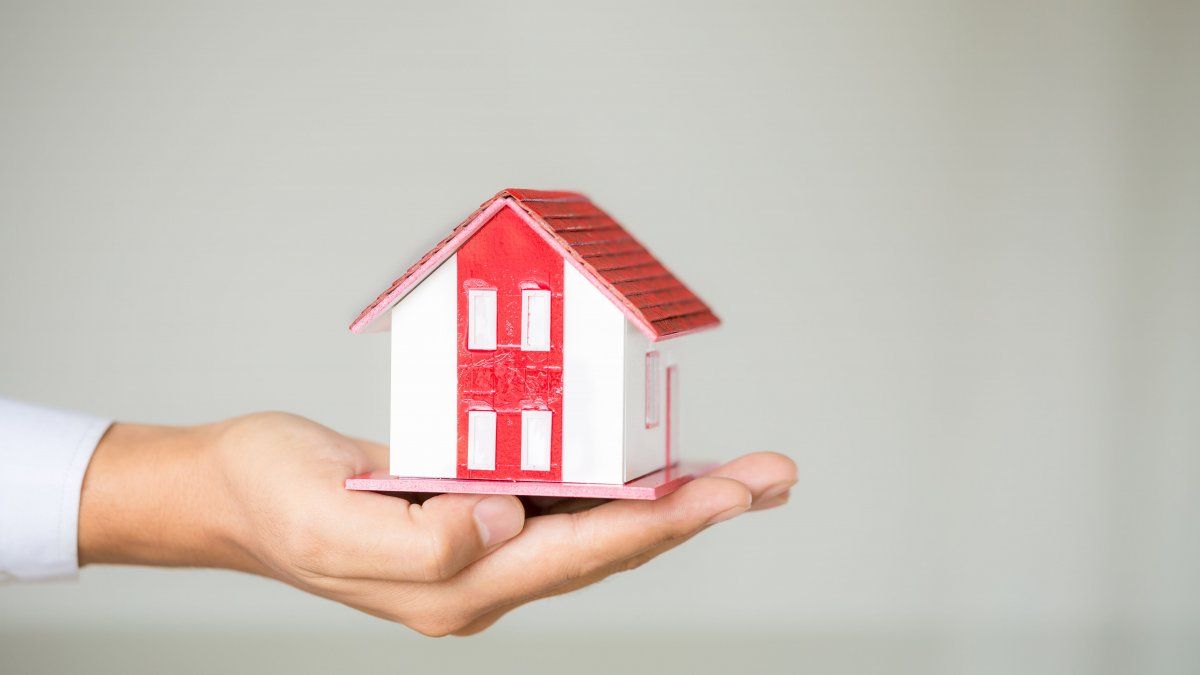The prices of the estate They are on the rise and do not seem to stop. Almost all the neighborhoods of the City of Buenos Aires There are increases in the price per square meter: those in the northern part of the City are the ones with the greatest increases. Meanwhile, regarding the type of propertythe well departments are the ones that register the strongest increases.
According to a report from Real Estate Report, the dollar values at which used 2 and 3 room apartments are published showed an increase of 2.5% on average during the last quarter in the City of Buenos Aires.
The price per square meter rose 4.1% in one year
Compared to November 2023, the average price per m2 increased by 4.1% year-on-year. The value of the average square meter of standard quality used apartments without amenities Based on the survey that Reporte Inmobiliario has carried out quarterly since 2005, in August of this year it was US$1,619 per m2.
In nominal terms, without impacting m2 quotes due to dollar inflation, the values are similar to those in mid-2011.
property-6.jfif
Real estate in CABA: prices had a slight increase in the third quarter.
How much does an apartment cost in CABA?
According to a survey by Zonaprop, in 2024, 98% of neighborhoods will register price increases. A studio apartment has an average price of US$102,418, while a two-bedroom apartment is US$122,898 and a three-bedroom apartment is US$169,057.
Puerto Madero presents the most expensive offer, with an average price of US$6,026 per m2. Palermo and Belgrano follow, with average prices of US$3,209 per m2 and US$3,016 per m2, respectively.
On the contrary, Lugano is the most economical neighborhood for acquisition, with an average price of US$1,000 per m2. It is followed by Nueva Pompeya (US$1,388 per m2) and Parque Avellaneda (US$1,516 per m2).
It should also be noted that the cConstruction cost measured in dollars rose 42.1% in 2024, a factor that drives the increase in the prices of in-well units (US$2,772 per m2) and brand new units (US$2,749 per m2).
Building today costs 3.1 times more than in October 2020 and 37.2% above the 2012-2023 average.
Source: Ambito




